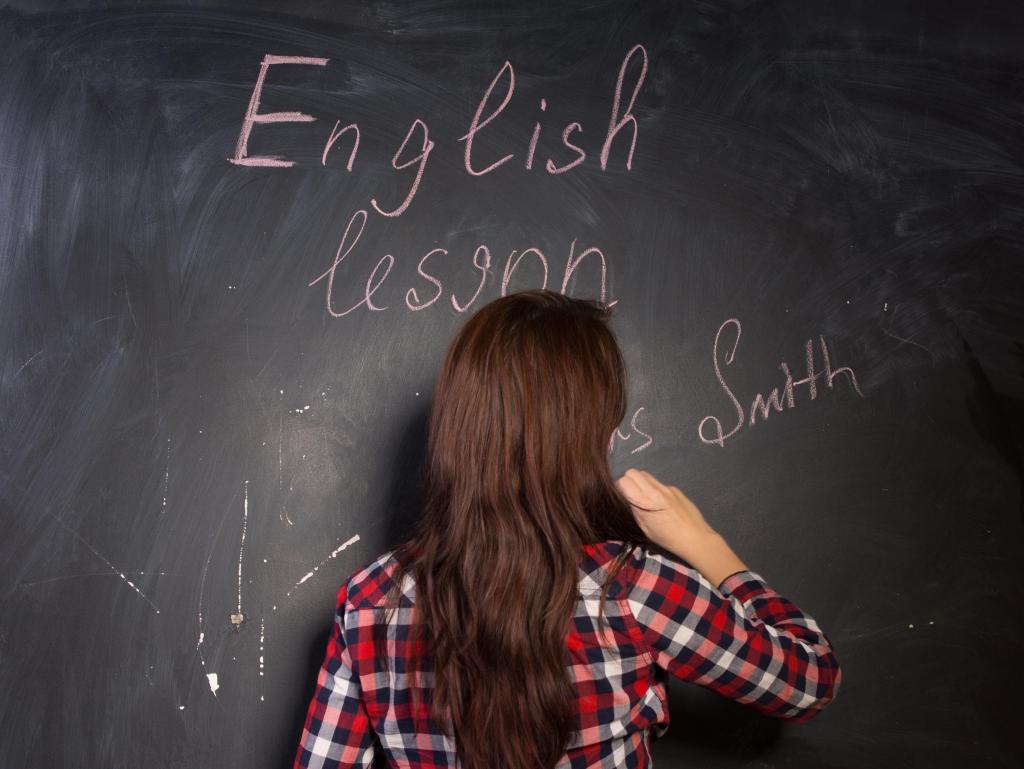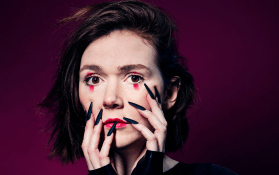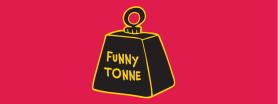In 2015 only 39% of prescribed texts on the Victorian Certificate of Education (VCE) were by women. This year it will be about 47%. Next year, for the first time, female authors will slightly outnumber male.
The VCE English and English as an Additional Language (EAL) Text List 2018 will be the first list of approved VCE English texts to achieve gender parity. Out of the 36 titles to be studied by year 12 students across Victoria, 19 are authored by women.
The news has been well received by the Stella Schools Program, which has campaigned for equal gender representation of texts in school curriculum across Australia since 2014.
‘We’re thrilled that Victoria has achieved gender parity on their VCE English text lists. We’ve been working closely with them since the inception of the Schools Program and they’ve certainly been working towards that goal since then. We appreciated their responsiveness when we first raised the issues with them, and it’s been important to us to maintain a strong relationship with them as the program developed,’ said Schools Program Manager Bec Kavanagh.
But it is still unclear whether this equal gender representation will actually be reflected in class. While the change in prescribed texts is welcome, there are issues beyond the list of prescribed texts that will continue to influence which books will be read by students.
Victorian Association for the Teaching of English (VATE) President, Emily Frawley, said the gender parity now evident across the list will not automatically translate to equal gender representation of authors in class.
‘There is a range of factors that teachers consider when choosing the books, poetry, films etc. that are studied in class, and selection based on some factors must always come at the exclusion of others.
‘Even once texts are chosen, there is range of possibilities as to how to engage with those texts—that’s the inherent nature of the subject, so there won’t ever be consensus on what’s most ‘important’ about the books that young students read.’
The choice is in the hands of often time-poor teachers, for whom it may be easier to teach texts they have taught before. The Victorian Curriculum Assessment Authority does not require schools to ensure that students study an equal number of books by male and female authors.
Other factors that can influence the choice of texts, including gender bias by teachers and the lack of awareness of more contemporary texts.
And while the considered assumption is that more texts by women will lead to a more diverse representation of women for young readers, it is uncertain whether this gender equity will encourage important conversations on gender stereotypes and representation in class.
‘Gender parity is not a key skill or assessment task though—it is up to the English teaching community, individual schools, teachers and students to enter meaningful dialogues about how the author’s gender might affect interpretation of a text, or indeed to engage with the wider debate around gender equity (of which text selection in schools is just one small facet),’ said Frawley.
But the new list does send a strong message – texts by women matter. ‘Gender imbalance in text lists sends messages to girls and boys about whose voices and experiences are most important. The books we read at school – and who writes them – shapes our ideas and views about who we are and can be, and what we can do – and our ideas about others too as reading as the greatest engine of empathy. Gender stereotypes limit us all, male and female,’ said Kavanagh.
Texts added to the 2018 list include Christine Piper’s debut novel After Darkness, Cate Kennedy’s collection of short stories Like a House on Fire, and Hannie Rayson’s play Extinction.
These lists are just a starting point and the statistics only tell one part of the story, Kavanagh said. ‘It’s of huge importance that the work the Stella Schools Program does in terms of shaping attitudes and awareness around the relationship between language, gender and power continues beyond statistical gender equality.’
‘We have been and will certainly continue to lobby NSW (and all states) to follow Victoria’s lead in terms of working towards gender equity on their book lists. The HSC book lists however are set until 2020, so it’s unlikely that we’ll see any change before then.
‘Classroom teachers choose which books to teach, and which to position as ‘important’ or ‘worthy’ in their classroom. This is true for both VCE and for earlier years.’
Fortunately, the Stella Schools Program will continue its work in encouraging students and teachers to engage critically with the representation of gender in written texts.





